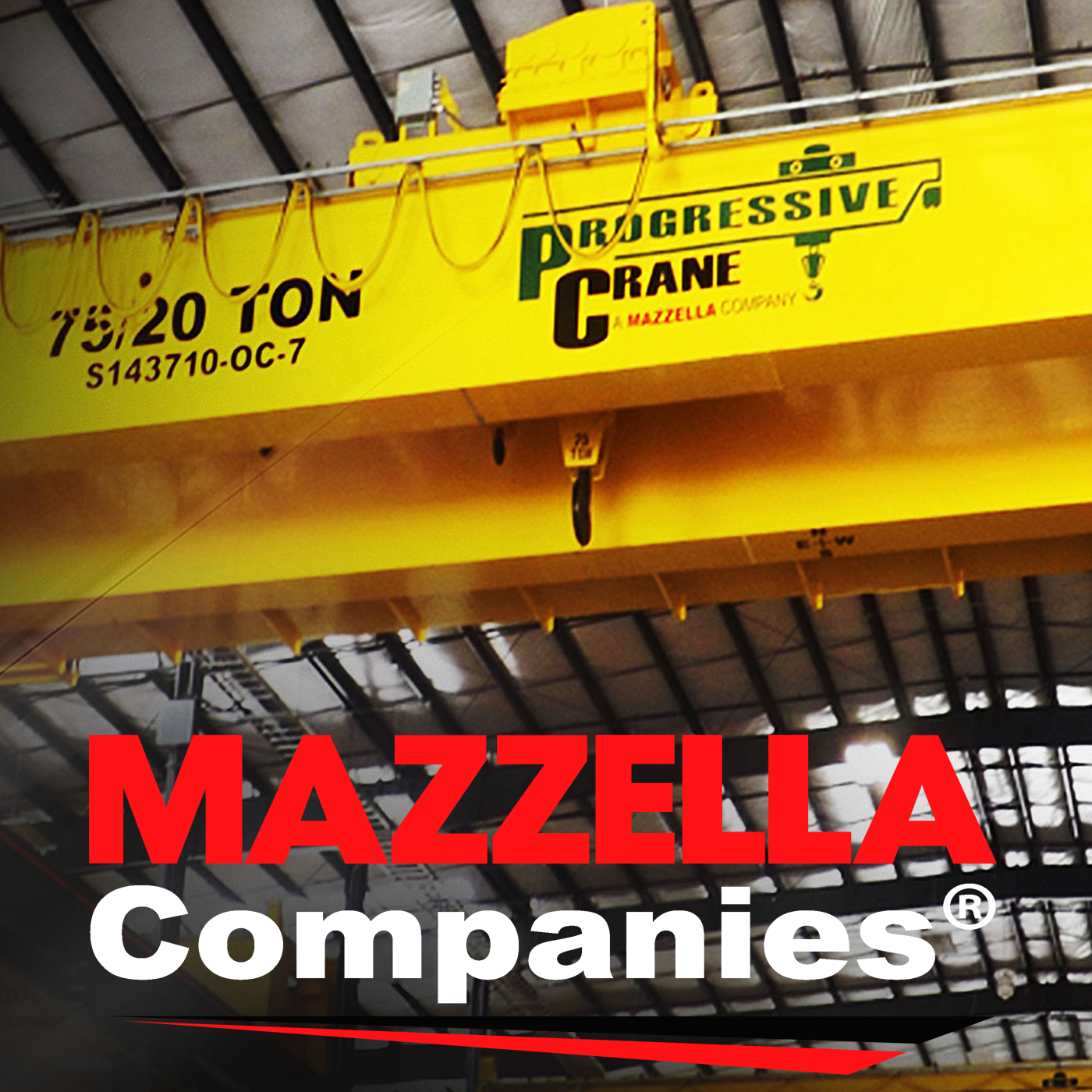The POWER PodcastThe POWER Podcast provides listeners with insight Author: POWER
The POWER Podcast provides listeners with insight into the latest news and technology that is poised to affect the power industry. POWERs Executive Editor Aaron Larson conducts interviews with leading industry experts and gets updates from insiders at power-related conferences and events held around the world. Language: en Genres: Technology Contact email: Get it Feed URL: Get it iTunes ID: Get it |
Listen Now...
202. Amazon Data Centers Aren’t Raising Your Electric Bills—They May Be Lowering Them
Monday, 29 December, 2025
As electricity demand from data centers continues to surge, a persistent question has dogged the industry: Are residential ratepayers footing the bill for massive tech infrastructure? According to Amazon Web Services (AWS) and an independent study it commissioned, the answer is a definitive no. As a guest on The POWER Podcast, Mandy Ulrich, senior manager of energy and water for Americas East at AWS, outlined the company’s energy strategy and discussed findings from a study by Energy and Environmental Economics Inc. (E3) that examined how Amazon data centers impact local power systems. Study Finds Data Centers Generate Surplus Revenue The E3 study evaluated Amazon data centers across a diverse set of utility territories, including large investor-owned utilities such as Pacific Gas and Electric (PG&E) and Dominion Energy, mid-size utilities like Entergy, and cooperatives such as Umatilla Electric Cooperative in the Pacific Northwest. “The simple answer is that Amazon data centers are not being subsidized by other utility customers,” Ulrich said. The study projects that Amazon’s data centers will generate $33,500/MW of surplus value in 2025, increasing to $60,650/MW by 2030. For a typical 100-MW Amazon data center, that translates to $3.4 million in surplus revenues in 2025 and approximately $6.1 million by 2030. These surplus funds—revenues above the utility’s regulated rate of return—can be used by utilities to modernize grid infrastructure, improving reliability for all customers. Grid Investment Benefits All Customers The study found that Amazon data centers are driving investments in grid infrastructure that support not just their own operations but also local residential and commercial growth. Ulrich pointed to Entergy Mississippi as a prime example, where the utility is using investments from Amazon and other large customers to fund a $300 million “Superpower Mississippi” grid reliability campaign—at no cost to residential customers—targeting a 50% reduction in outages within five years. Innovative Rate Structures Prevent Cost-Shifting While the E3 study validates that existing rate policies have been effective in preventing cross-subsidization, Ulrich emphasized that AWS continues to work with utilities on innovative approaches to ensure large industrial customers pay their fair share. She highlighted a Northern Indiana Public Service Co. (NIPSCO) project as a “groundbreaking model.” Under this first-of-its-kind agreement, Amazon is investing in 3 GW of electrical capacity, with 2.4 GW dedicated to data center operations and 600 MW reserved specifically to support grid reliability for all NIPSCO customers. The structure creates a separate generation company (GenCo) that operates under a “commercial contract term,” Ulrich explained. By operating as a separate entity, GenCo isolates the cost of new growth to data centers. “The data center companies that drive new demand for electricity will fund the generation and transmission infrastructure they require, ensuring that regular customers don’t shoulder those costs, even if the customer leaves before contract completion,” NIPSCO said in a Nov. 24 press release. “NIPSCO’s existing customers will have no financial responsibility for powering Amazon data centers,” Ulrich said. NIPSCO said, “This structure is expected to provide value to customers by generating approximately $1 billion in cost savings that will be returned to current NIPSCO customers as credits on monthly electric bills over the project’s 15-year duration.”










